There can be your advertisement
300x150
5 Renovations That Will Never Be Approved
«Free layout» is a myth: possibilities for apartment renovation are always severely limited. What renovation options will never be approved and why, explained designer Ruslan Kirnichansky in his blog «Architect's Diary».
Ruslan Kirnichansky — expert, architect, interior designer
Relocating Kitchen to Living Room
There is always a division in apartments between wet and living zones. Even when buying a new building with «free layout», you will find one row of blocks indicating the boundaries of wet zones (bathroom and kitchen). These walls are marked on the BTI plan, and room areas are indicated.
Wet zones must be aligned vertically and cannot extend into the living part of the apartment. That is, the kitchen should be above the kitchen and the room above the room. Setting up a kitchen in a living room is illegal, as it creates a risk of flooding.
What you can do: if there are no neighbors below (the apartment is on the first floor), such a relocation can be carried out. However, in such a renovation, the kitchen located above the apartment will be above the living room, so it’s better to label that room as non-residential on the BTI plan — for example, a study.
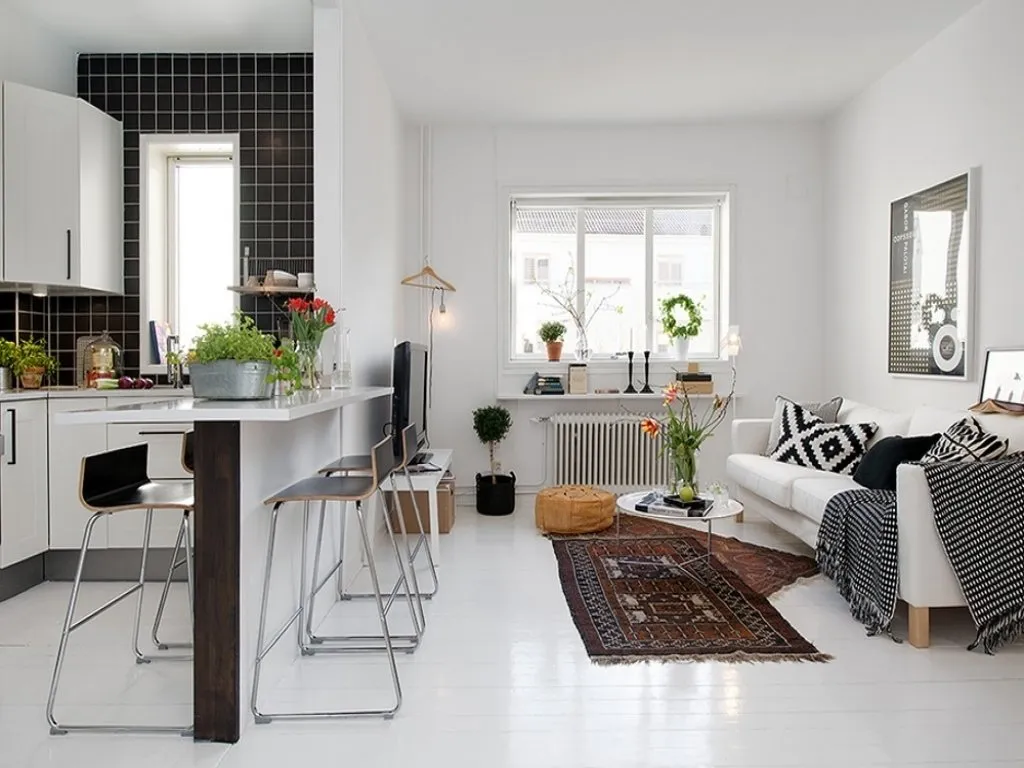
Combining Balcony and Room
A balcony is not private property of the apartment owner. It is common property and joining it to an apartment is prohibited.
In multi-family homes, the balcony slab is not designed to handle additional loads. To connect a balcony, new walls must be built, winter glazing added, and the perimeter insulated — all of this adds weight, which the balcony slab may not be able to support.
What you can do: if the apartment adjoins a loggia, the combination is possible — loggias are designed to handle additional weight and are private property of the owner.

Claiming Common Property
Common property includes basements, entrances, common areas, attics, and the area around the building. Owners pay taxes, cover maintenance, and perform current repairs on these areas. Any unauthorized intervention is illegal, but there is a trick.
What you can do: at a meeting, owners can vote to transfer part of the common property to a specific owner. However, it is important that such a decision does not have negative consequences for the building’s operation — for example, if you claim an attic, all utilities must be relocated or access to them provided for staff of the managing organization.
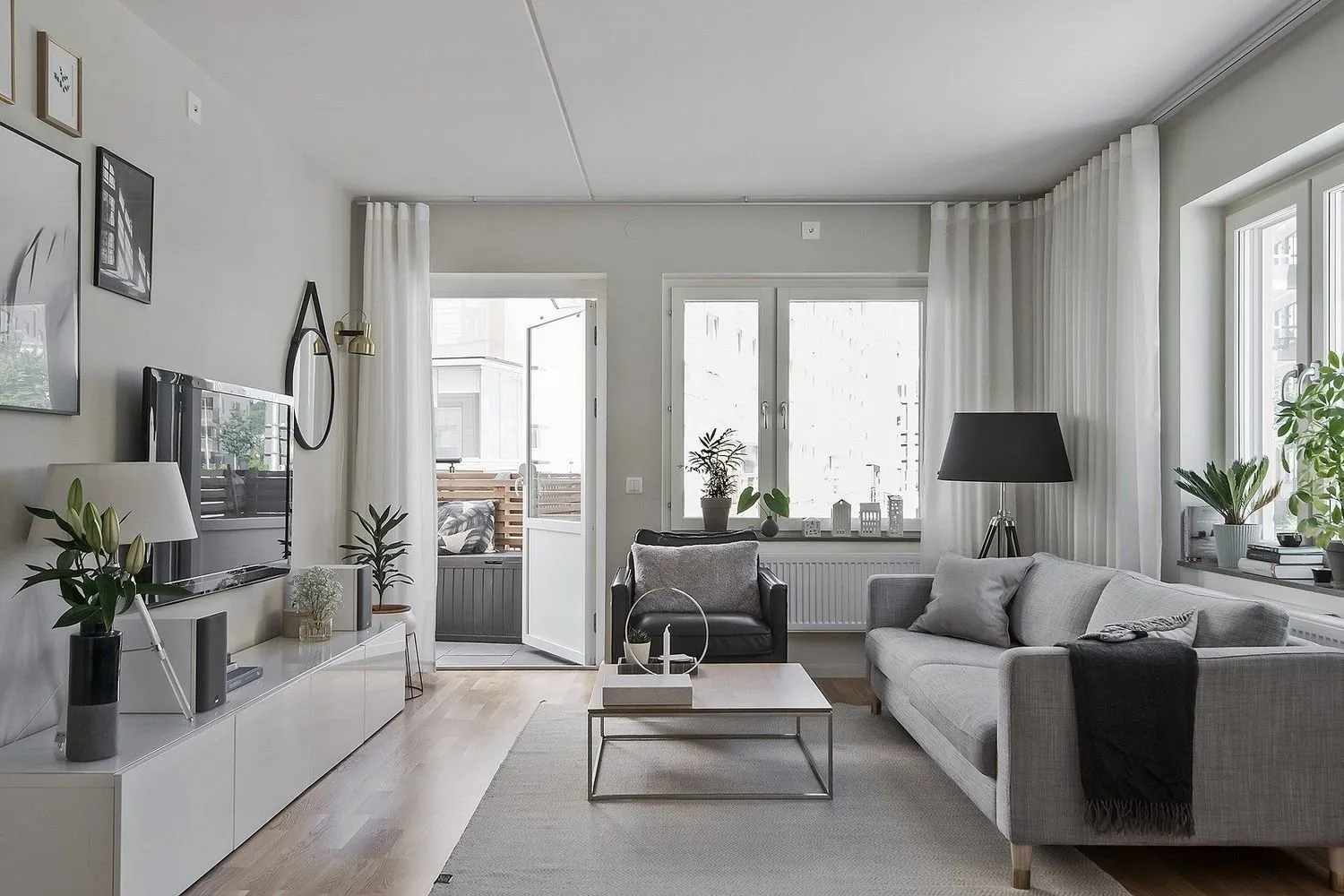
Intervention in Building Structure
During renovation, it is important to preserve the integrity of capital structures — these are floor slabs, load-bearing and contour walls, pillars, and columns.
Any interference or changes will disrupt load distribution and such renovations will never be approved. These changes can lead to collapse or make the building unsafe.
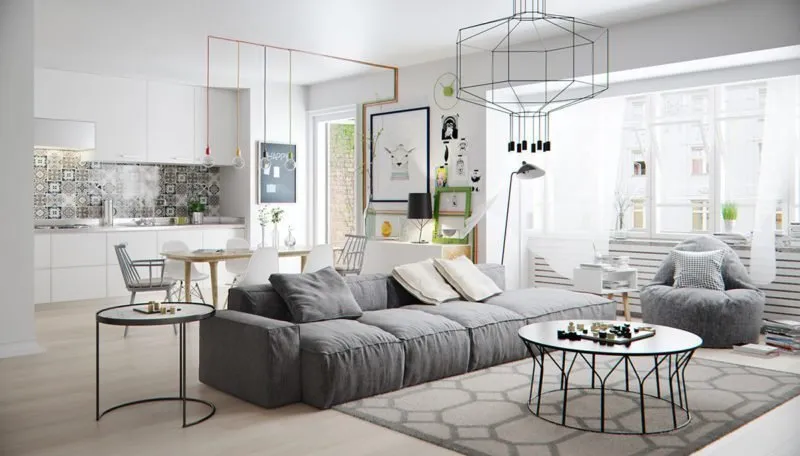
Water Radiant Floors
Water radiant floors are prohibited in multi-family homes — the common hot water main is not designed for additional load. Water will cool down, and there is a risk of flooding the apartments below.
What you can do: water radiant floors can be installed in private homes, and electric radiant floors are suitable for apartments.
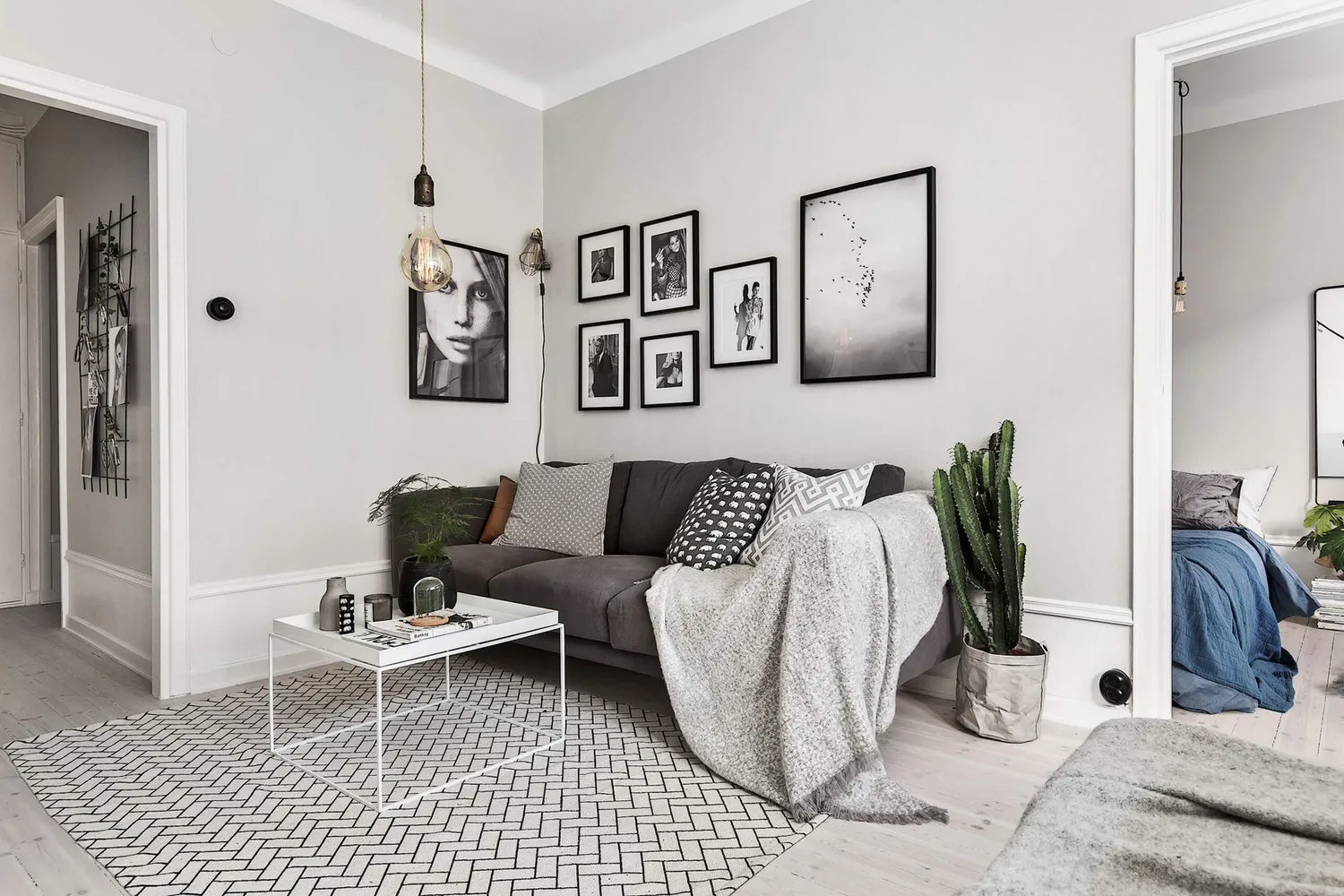
More articles:
 How to Decorate an Interior in Mid-Century Modern Style
How to Decorate an Interior in Mid-Century Modern Style Seasonal Storage: Tidy Up Your Wardrobe Now
Seasonal Storage: Tidy Up Your Wardrobe Now 6 Useful Plants for Your Home
6 Useful Plants for Your Home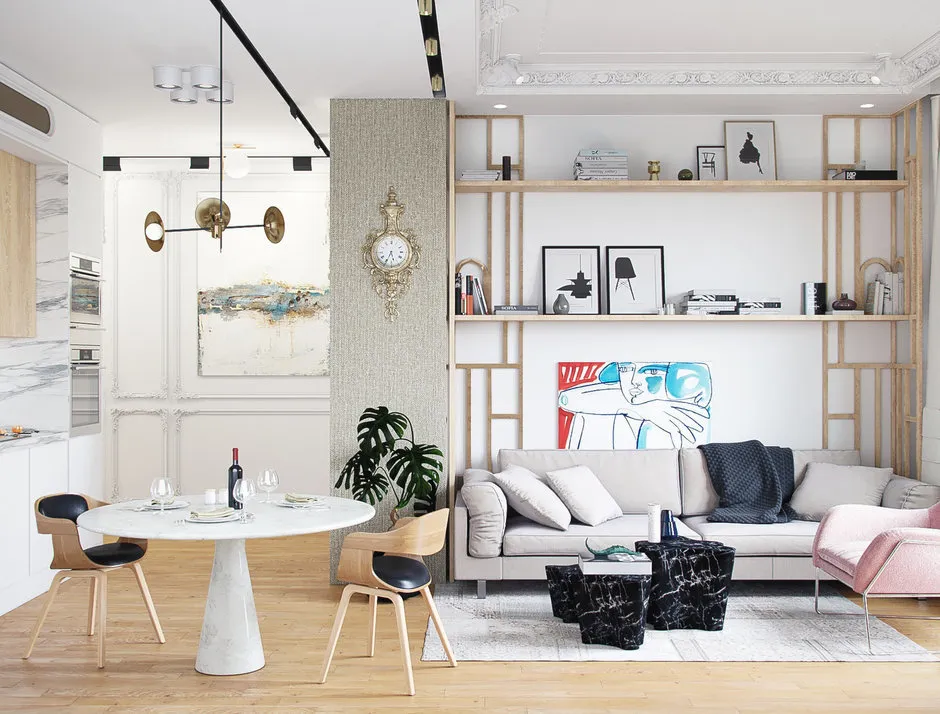 Cheatsheet for Choosing Interior Colors: 6 Rules
Cheatsheet for Choosing Interior Colors: 6 Rules How to Organize a Relocation
How to Organize a Relocation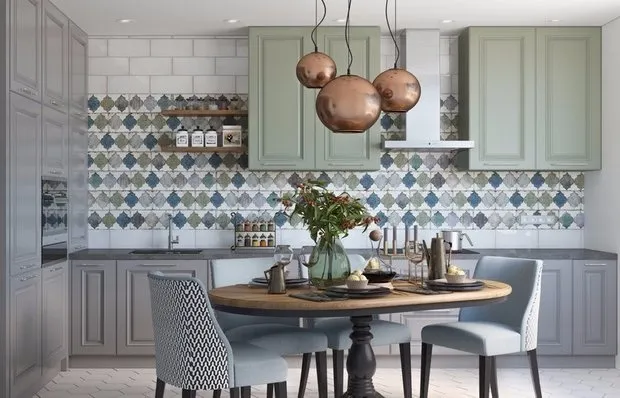 Design of Standard Panel Apartments P-44: 7 Examples
Design of Standard Panel Apartments P-44: 7 Examples Typical English House with Floral Decor
Typical English House with Floral Decor 5 Types of Repair: Find Out Which One You Need
5 Types of Repair: Find Out Which One You Need